
Computer Science, Human-Computer Interaction
Bridging the gap between complex scientific research and the curious minds eager to explore it.
Page 129/179
LLaMA-2, the next generation of LLaMA. Meta trained and released LLaMA-2 in three model sizes: 7, 13, and 70 billion parameters. The model architecture remains largely unchanged from that of LLaMA-1 models, but 40% more data was used to train the foundational models. The accompanying preprint also mentions a model with 34B parameters that might be released in the future upon satisfying safety targets.

Computer Science, Human-Computer Interaction
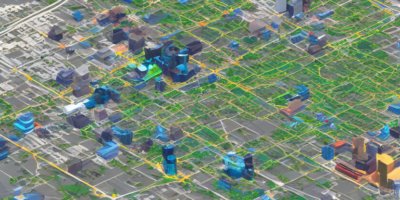
Computer Science, Machine Learning
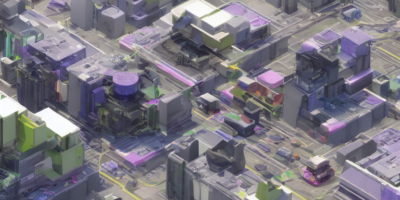
Computer Science, Computer Vision and Pattern Recognition

Computer Science, Software Engineering

Computer Science, Computer Vision and Pattern Recognition

Computer Science, Computer Vision and Pattern Recognition
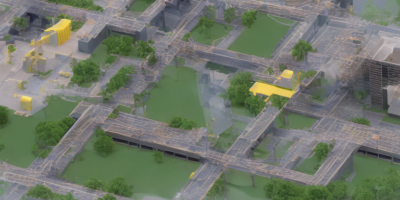
Computer Science, Logic in Computer Science

Computer Science, Computer Vision and Pattern Recognition


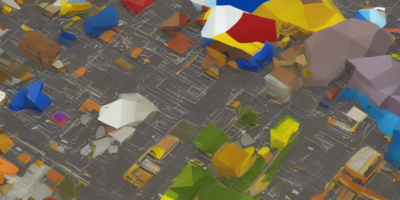
Computer Science, Machine Learning

Computer Science, Computer Vision and Pattern Recognition

Computer Science, Multiagent Systems

Computer Science, Computer Vision and Pattern Recognition
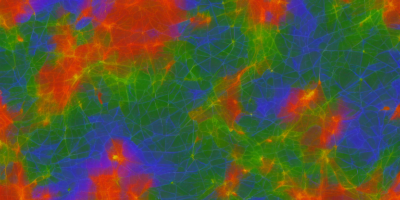
Computer Science, Computer Vision and Pattern Recognition
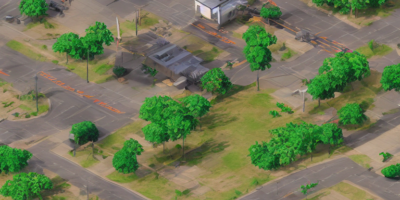
Computer Science, Computer Vision and Pattern Recognition
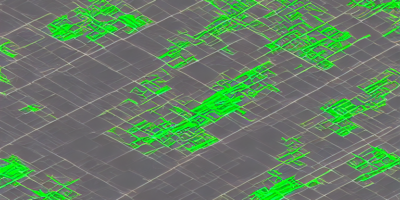
Computer Science, Computer Vision and Pattern Recognition

Artificial Intelligence, Computer Science
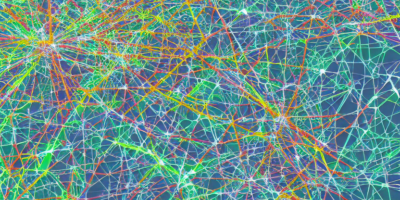

Computer Science, Formal Languages and Automata Theory